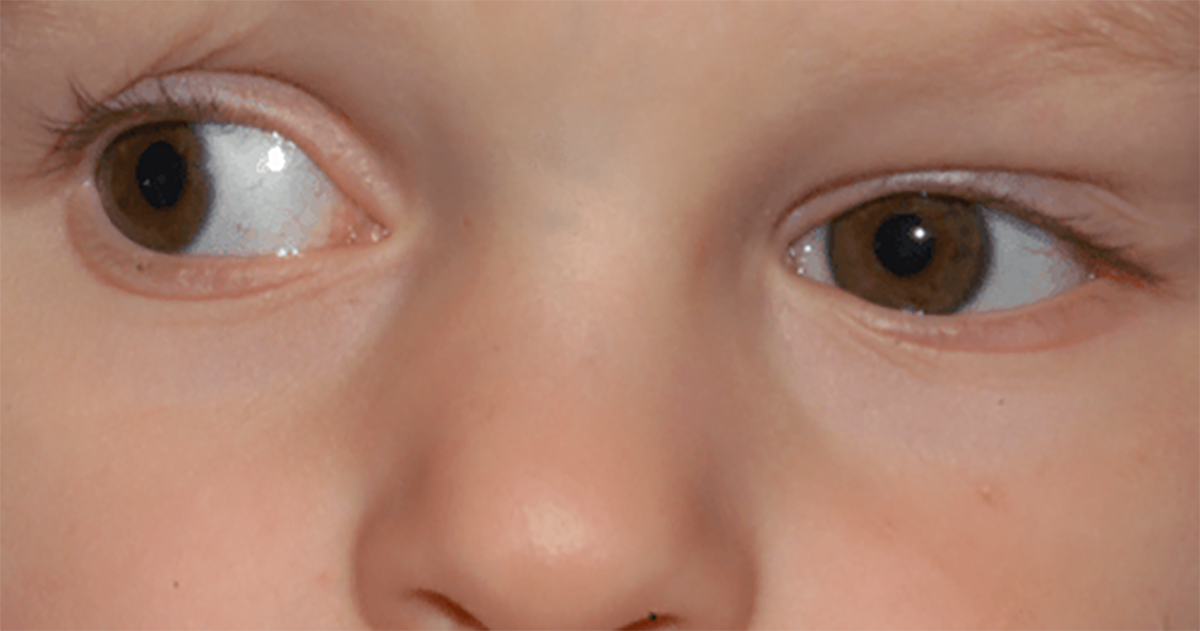A Comprehensive Guide To Duane Syndrome
Duane syndrome is a rare eye movement disorder often classified as a type of strabismus, in which eye movements are restricted based on the case’s severity and type. It is present at birth, although it may not be detected immediately. This condition prevents the eye from moving outward towards the eye, inward towards the nose, or even both. When the eye moves inward, the eyelid will close partially,Âand the eyeball will retract into the socket.
Although Duane syndrome is a rare condition, it is still essential to understand the signs and symptoms, causes, the difference between the three major types, and how to treat this disorder. Start reading and dive into all of these details now!
What Causes Duane Syndrome?

Duane syndrome is the result of improperly developed nerves, specifically the sixth and third cranial nerves, to the eyes muscles. The sixth cranial nerve is what controls the lateral rectus muscle, which is in charge of moving the eye outward. The third cranial nerve controls the medial rectus muscle, which pulls the eye inward. Patients with Duane syndrome may also not have a sixth cranial nerve at all.
Unfortunately, the reason these nerves do not develop properly is unclear, though research is currentlyÂbeing conducted. Some research indicates Duane syndrome may be the result of several genetic or environmental factors, such as genetic mutations, which compromises embryonic development. The cranial nerves and eye muscles typically develop between the third and eighth week of a woman’s pregnancy, and as such, this is when the factors compromising development would occur. Duane syndrome appears more often in girls than boys, though it is also unclear as to why this is the case.
Continue reading to learn about the three major types of Duane syndrome and their characteristics.